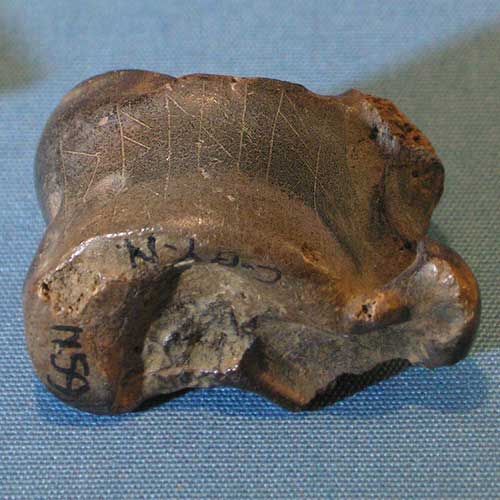 |
| London, British Library MS Additional 18850, fol. 65r. Image: British Library. |
Well, it's time for our annual Christmas post, and since some of us have been enjoying the art in the Bedford Hours, here's a Nativity scene from that manuscript: London, British Library MS Additional 18850, fol. 65r. (Click on the image to go to the British Library digital facsimile, where you can zoom in for more detail.) There's a little bit of text (Latin in the centre, and at the bottom two lines in French), but it's hard to escape the feeling that you're not really meant to read this page, but to look at it. The main picture shows Joseph and Mary adoring the Christ Child, who seems to have been moved out of the manger to the right and placed in a canopied bed that is surely quite incongruous for a stable -- not to mention the embroidered cushion on which Mary is kneeling, or the fine mantle she is wearing. Joseph, by contrast, is more plainly clad, although the accessory on his right arm shows either that a medieval man could carry a purse and get away with it, or that husbands have been stuck awkwardly holding their wives' purses since at least the early fifteenth century. We also have an obligatory pair of farm animals (the ox and ass of tradition) in the foreground. Looking over the fence are some spectators, probably the shepherds, and behind them a winter scene, complete with a deer cavorting through the leafless trees and a bear rambling through the snow, while God the Father shines down benevolently on all.
Around the main picture are an elaborate decorated border and some smaller pictures of scenes from the Christmas story: for example, that's probably another shepherd in the top left corner, while the two corner scenes below hint ominously at the Massacre of the Innocents. And if you can figure out why there are rabbits at the bottom of the page, and what they are doing, and what possible relevance they have to anything else, you probably deserve a prize, or you're overthinking it. Go eat a large roasted bird. Merry Christmas from fifteenth-century England.
Yin Liu


















